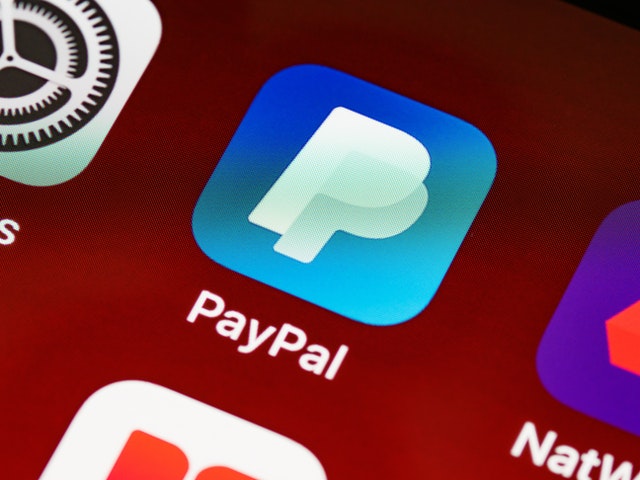To Pal or Not to Pal: Should I Use PayPal On My Website?

First, let me just say there is not really one “PayPal” anymore. Over the years, PayPal has become the owner of many different types of solutions, so sometimes when a person says “PayPal” they mean the standard free account you can pay for small things with, and sometimes they mean one of the payment gateways like their PayFlow Pro product.
If you are considering using the PayPal “free” account to accept payments on your website, you are probably thinking about Website Payments Standard (recently called “PayPal Payments Standard”). They offer this to small businesses with either cut and paste buttons (you can make a button code in your PayPal account under Merchant Tools) or with their simple “shopping cart” (which is a dumbed-down version of a ‘cart’ that is hosted on PayPal and not directly on your website).
If you are considering this method, these are the things you should be aware of:
1. There might be a limit to how much money you can make.
When you use a PayPal button like this, you are allowing someone to make a payment into your own PayPal account. Then later, maybe once a week or once a month – you can “push” those funds into your bank. In the past, PayPal set a monthly limit to the dollar amount of funds you can push from your PayPal account to your bank account to be officially paid. Last I heard it was only $500. So that would mean you can only make $500 per month from your website, even if you actually have $1,000’s worth of customer payments being submitted on the site. (*PayPal’s website states that you can lift this withdrawal limit by doing a verification process, however, more than one merchant has reported to me they still have issues with this withdrawal limit.)
2. The user experience might be disconnected.
When someone uses a PayPal button to submit a payment on your website, they will then proceed to the PayPal.com website, not to a page inside your own website. The customer must complete their order on PayPal.com before finishing their order and going back to visit your own site. This might be ok for you, but you should at least consider how to keep your visitors informed about the process and what to expect. If your customers are comfortable with PayPal and they know what to expect when they click on that button, that should help with incomplete orders and errors. Maybe some simple wording on your web page will suffice. PayPal requires that you create both a “successful order” page message and a “declined order” page message.
3. Some people prefer not to use PayPal.
Consider your audience and what their comfort level or expectations might be. Despite its popularity, there are many people who prefer not to use PayPal to pay for things online. Be prepared to offer an alternative payment method for those customers, or if the probability of this issue is high, consider not offering PayPal as your primary payment source. If you are using true shopping cart software with your website, you can usually offer more than one payment method option in the checkout.
4. It might not really be cheaper.
The attraction to PayPal Payments Standard is that the initial account setup is free and there is no monthly fee like a typical processor or merchant service company. But PayPal is also known to charge higher transaction rates (the percentage fee charged for each transaction you receive). For some merchants, an extra percentage point can have a big impact on their bottom line.
5. There is less setup for your programmer and less liability for you.
A standard PayPal account is a piece of cake for your web developer to set up on the website, mostly consisting of copy/paste of some code provided by your PayPal account. So you could save on cost on the web development side.
Also, since the transaction is going entirely through PayPal.com for the actual credit card information, none of that info will ever be stored or entered directly on your website (assuming you are using a standard PayPal button option), which means you have more peace of mind and are less at risk for any credit card security issues.
This is not to say that there are no other payment options out there that are equally secure. These are just some positive facts about using this PayPal method.
Posted in: E-commerce, Small Business, Web Development, WWW Learning Center
One response to “To Pal or Not to Pal: Should I Use PayPal On My Website?”
Latest & Greatest
- Maximize Your Site Redesign Budget: What Texas Web Developers Need From You for a Cost-Effective Collaboration
- Responsive Web Design in Austin: Why It Matters For Your Local Business
- How to Prepare Your Website for a PR Campaign
- Why Defining Your Organization’s Strategy is Key to Brand and Marketing Development
- Empathetic Storytelling in an AI World
- Customer Retention: A Comprehensive Guide to Retaining Your Customers
- Top Reasons Why Web Designs Don’t Launch

fantastic information, I am a merchant services professional and I find this website to be a great resource